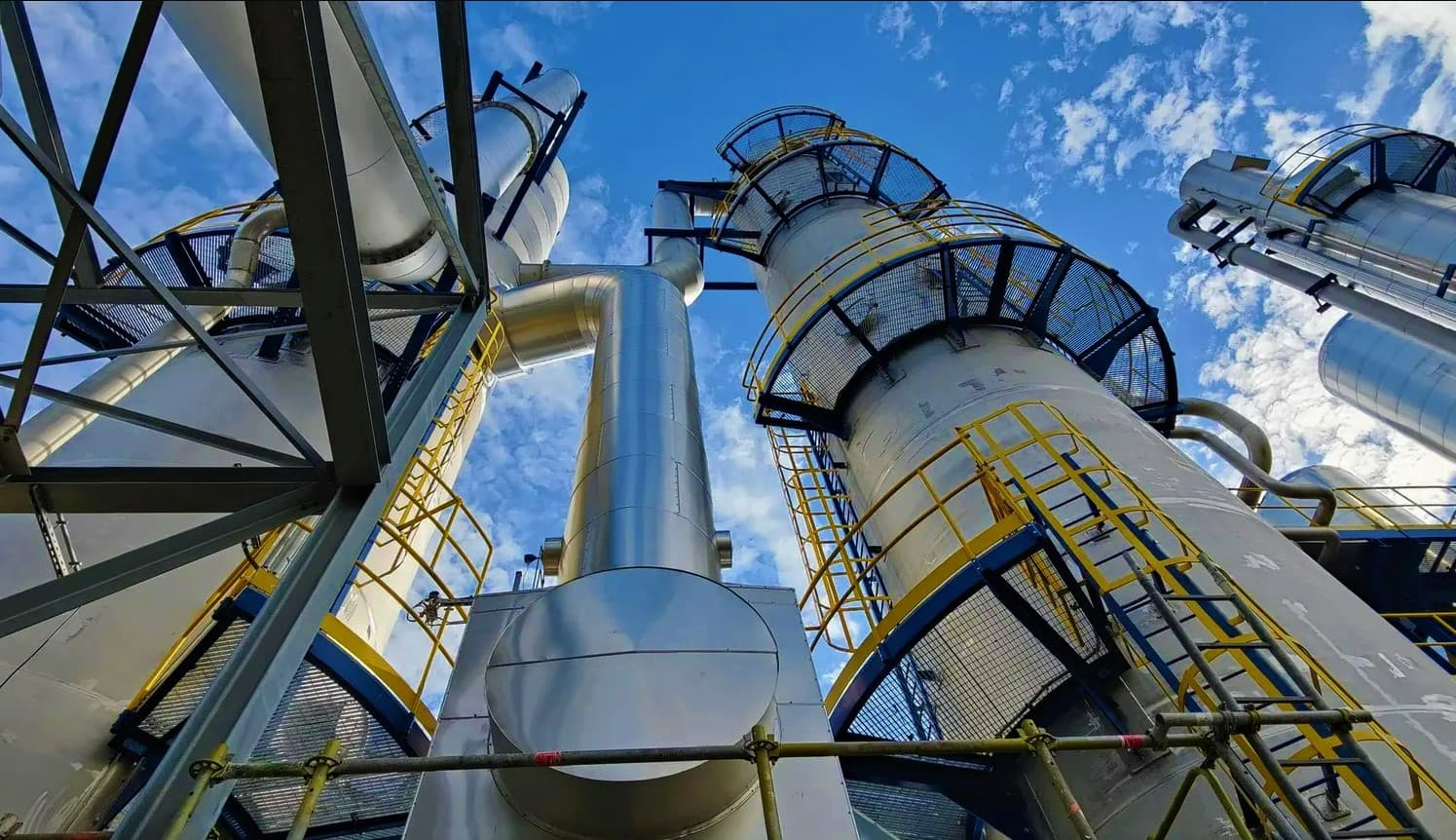
Turkmenistan, one of the world's leading countries in natural gas reserves, is consistently implementing a strategy of carbon neutrality and export diversification. This strategy has been further confirmed with the start of construction of the country's largest ammonia and urea fertilizer production complex in Kiyanly (Balkan Region).
The project's key technological and environmental feature will be the integration of a CO₂ capture unit, which meets Turkmenistan's goals for green industrial development.
The new complex will be equipped with a carbon dioxide capture unit utilizing Mitsubishi Heavy Industries, Ltd.'s (MHI) patented Advanced KM CDR Process™ technology, developed jointly with Kansai Electric Power Co., Inc.
The implementation of this technology will improve the plant's operational efficiency and significantly reduce its environmental impact, which is a direct contribution by Turkmenistan to building a sustainable society and fulfilling its international environmental obligations.
The positive assessment of this technology, along with MHI's successful experience in the region, was a key factor in awarding the contract.
The design, procurement, and construction contract were signed between the State Concern Turkmenhimiya and a consortium led by MHI, with the participation of Turkish partners and Mitsubishi Corporation. The project directly addresses a key objective of Turkmenistan's national strategy: producing high-value-added products using abundant natural resources.
The groundbreaking ceremony took place on November 2, 2025, in the presence of President of Turkmenistan Serdar Berdimuhamedov. The plant, scheduled for commissioning in 2030, will have a daily capacity of 2,000 metric tons of ammonia and 3,500 metric tons of urea.
The plant, located on the Caspian coast, will strengthen the region's role in the country's transportation, logistics, and export systems. The project includes basic and detailed design, equipment procurement, construction, and commissioning. In addition to the ammonia and urea fertilizer plant with associated utilities and off-site facilities, the scope of work also includes peripheral infrastructure, such as berths and product loading facilities.
The successful implementation of this project, which will become the largest ammonia and urea fertilizer plant in the country, is of dual strategic importance for Turkmenistan.
The fertilizers produced will significantly contribute to the country's economic growth and enhance its competitiveness in the international market, ensuring the diversification of export products. Equipping this large gas chemical plant with a CO₂ unit demonstrates that environmental trends and innovative modernization are an absolute priority for Turkmenistan's industrial development, fully aligned with the global sustainable development agenda.
This project, which continues MHI's successful collaboration following the commissioning of the Garabogaz plant in 2018, confirms the confidence of international partners in Turkmenistan's investment attractiveness and strategic vision.
ORIENT
